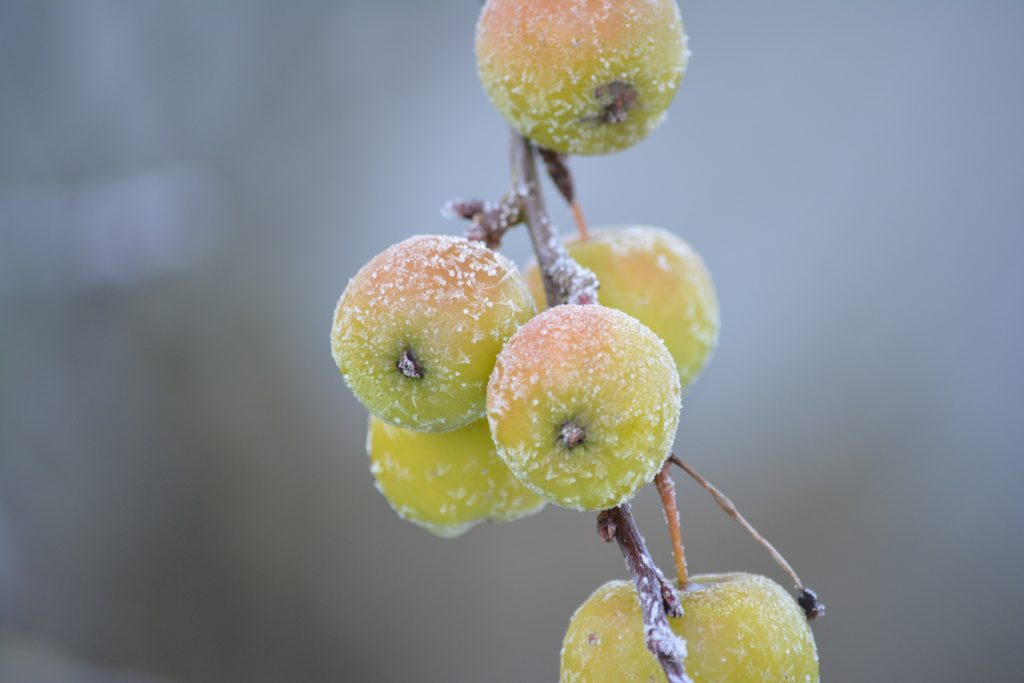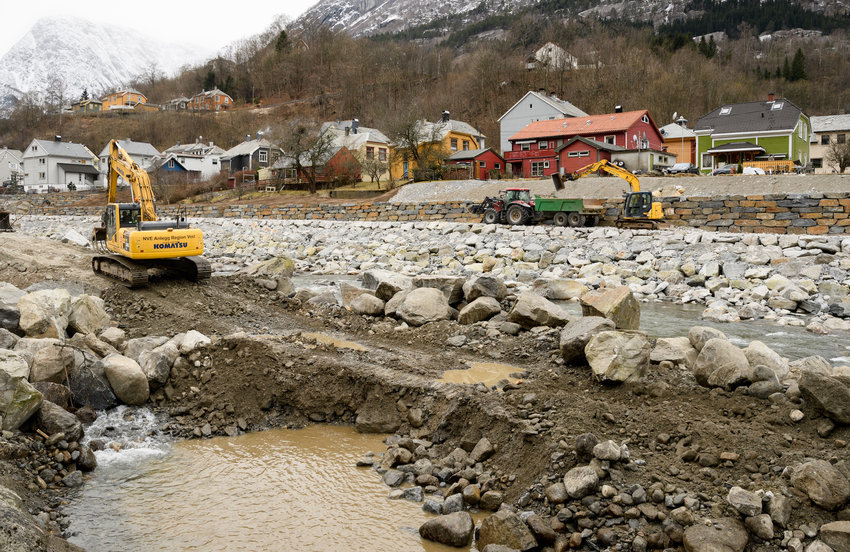A freeze warning will predict when the first hard freeze of the season is expected and indicate whether it sets in earlier or later than usual. This is valuable knowledge for both agricultural producers and power producers.
An unexpectedly early hard freeze can have major consequences for the crop. Fruit and vegetable producers have therefore expressed the need for a forecast that can estimate how long it is until the first hard freeze arrives, and how long time in advance the warning can be issued. Such a freeze warning could make it easier for vegetable producers to plan the end of the season and the harvest time, and thus prevent major crop losses.
The freeze warning has been developed by researchers at the Norwegian Computing Center in collaboration with Gartnerhallen. Both are partners in Climate Futures, a center for research-driven innovation (SFI) that develops climate forecasting from 10 days to 10 years ahead.

Weighting scenarios
The researchers have adapted a statistical model for survival analysis to predict the end of the freeze free season. In adapting the model, the researchers have made use of international seasonal forecasts that provide over 100 scenarios for future temperatures, up to 6 months ahead. These have been fine-tuned and adapted to local temperature conditions.
The methodology for estimating the time to the first hard freeze has been tested using historical weather forecasts and temperature observations in a large number of places in Norway, which gave promising results. Climate Futures is now working on how the freeze warning can be tested and used operationally in real time. A challenge in terms of operationalisation, is that the seasonal forecast used is produced by international weather centres. These are issued once a month and published approximately 12 days after the forecast date. At this point, the forecast data is already a bit old.

To solve this problem, the researchers are now investigating how to combine seasonal forecasts with monthly forecasts, which is a weather forecast that looks a little over 6 weeks ahead. The advantage of the monthly forecast is that they are issued twice a week, i.e. more frequently than the seasonal notice. The monthly warnings can therefore be used to update the freeze warnings more regularly.
– The challenge is to combine seasonal forecasts that include 100 temperature scenarios with monthly forecasts that only have 11. These must be weighed against one another. The monthly forecast can be precise, but contains far fewer scenarios, says Thea Roksvåg, who works as a researcher at the Norwegian Computing Centre.
Agricultural producers are not the only group that can utilize freeze warnings. It can also be critical for small power producers to know when to expect the first hard freeze:
– Freeze warnings are especially useful for our power plants in Sweden to ensure a better winter production. Today we use weather forecasts combined with local knowledge from the various facilities to plan ahead, says Terje Vedeler, CEO of Småkraft AS, which is also a partner in Climate Futures.
The end of the winter
In addition to predicting when the first hard freeze will come, you can also predict the last spring freeze, i.e. the end of the winter season. This could potentially extend the growing season at both ends.
– The fall warnings may be particularly relevant for those who grow potatoes and carrots, while the spring warnings may be especially aimed at berry producers who are wondering when it is safe to start the season, Roksvåg explains.
We are working to find agricultural producers who are interested in testing the first version of the freeze warning already this year. This warning will be based on the seasonal forecasts. In the future, we will also test warnings that combine the monthly and the seasonal forecasts.

